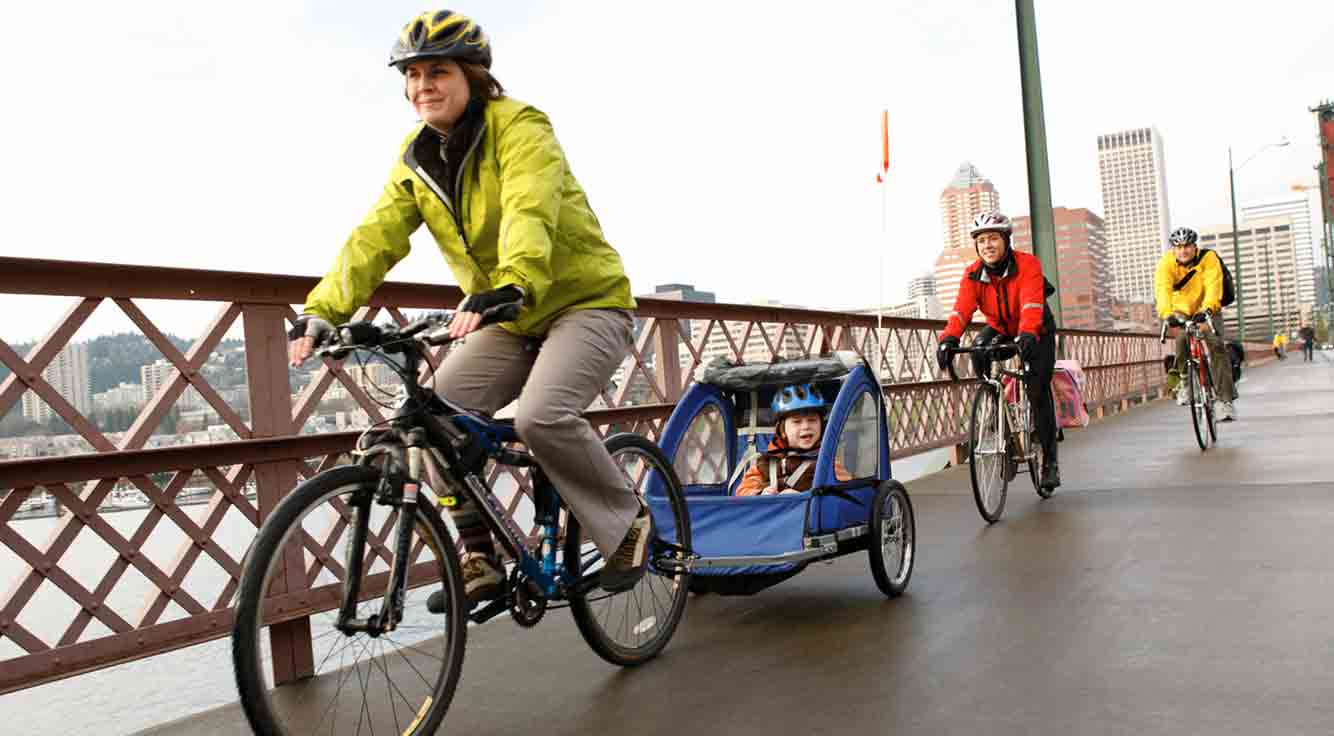
How to keep exercising — even in winter
Less daylight, more nighttime. Colder temperatures. Rain, snow, and ice. The instinct to hibernate.
There are many factors that keep us indoors and less active during the winter. But with a little effort and preparation, you can continue a fitness routine in the winter or even try some new activities.
Whatever activity you choose, Kaiser Permanente’s Tom Schaaf, MD, and Julea Edwards, MPT, a physical therapist, agree that the key in winter months is to “just keep moving.” And remember that in the winter, and throughout the year, consistency is key with whatever fitness activity you choose. Here are some tips to inspire you.
How to stay active
1. Head to the hills. Many regions offer recreation areas in the hills or mountains where you can exercise. Try cross-country or downhill skiing, snowboarding, or just tramping around in the snow in boots or snowshoes. All of these can provide an intense workout. (Note: In some locations you may need a state parks or other permit, so check before you go.)
2. Hike in the lowlands. You’ll find many trails that remain snow-free throughout the winter. Don’t overlook parks and greenbelts in urban areas, many of which include networks of trails.
3. Light up the night. If you walk or run outside after dark, wear reflective clothing (so you’re easy to spot) and a headlamp to help you see your way. Equip your bike with a bright headlight and taillight. And then enjoy the dark. “Darkness changes the equation and provides more opportunity to meditate. Your senses are heightened,” says Dr. Schaaf. Always pay attention to your surroundings, and only walk, ride, or run in areas that feel safe.
4. Get healthy at home. “15 to 30 minutes of squats, jumping jacks, sit-ups, and push-ups is all you need to stay fit,” says Edwards. Dr. Schaaf adds a twist to exercising in front of the TV: “Every time a certain character comes on, I do a different exercise. It keeps it interesting.” A stationary bike also provides good indoor exercise — or if you already have a bicycle, consider investing in a bike trainer.
5. Stay safe in the gym. The gym isn’t the most original idea, but being around other exercisers, even people you don’t know, creates a sense of community. It’s also a good choice for anyone who doesn’t feel safe exercising outdoors or in the dark. Shake things up by trying something new: a hot yoga class, trampoline dodgeball, martial arts, or an indoor soccer league.
6. Exercise at work. Try a walking meeting, jog or walk outdoors during lunch, or climb the stairs with a co-worker to get your heart rate up.
7. Get in gear. Having the proper attire will make your experience more pleasurable, so invest in the right equipment, clothing, and gear you’ll need for your activity. If you’re exercising outdoors, consider a waterproof outer layer and other layers made of wool or polypropylene — wool socks, waterproof shoes, a warm hat, and mittens (which are often warmer than gloves).
Stay safe outdoors
Winter sports — especially high-velocity ones like skiing, snowboarding, sledding, and tubing — come with a risk of injury. “I see it every year,” says Dr. Schaaf. “People who quickly get in over their heads — no helmet, going down runs beyond their skill level. Or the classic broken leg from tubing. They get off course, put their leg down, and it wraps underneath.” It’s important to know your limits and not exceed them.
Thrill-seekers aren’t the only ones who get injured, though. It’s just as common to slip on slick surfaces during a simple walk or bike ride. Take extra care on slippery surfaces, and don’t forget to use common sense. Practice a little TLC:
- Get traction on slick surfaces
- Know your limits
- Stay in control





